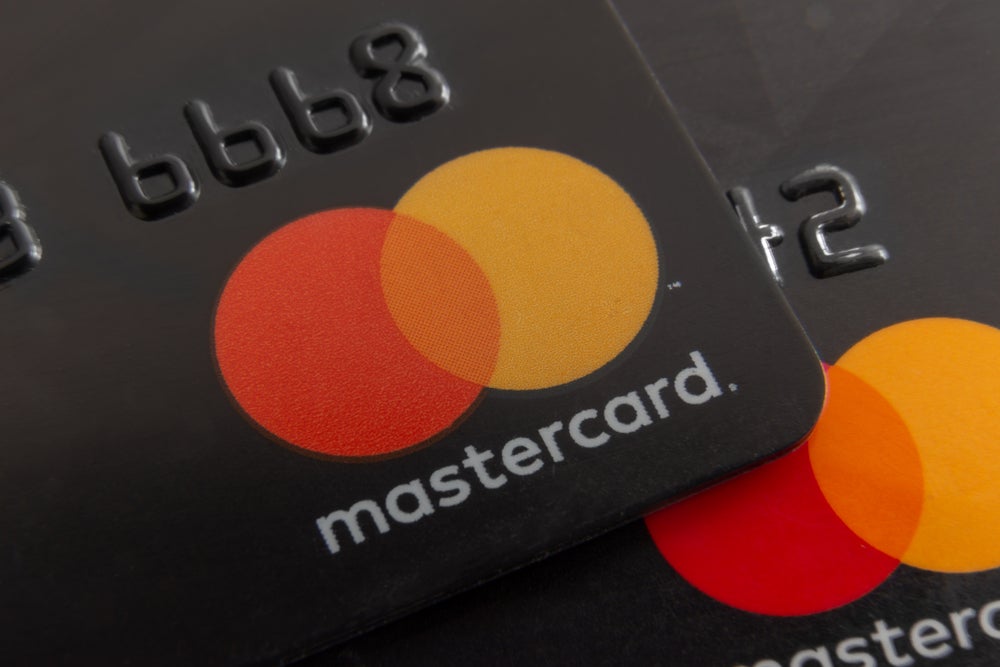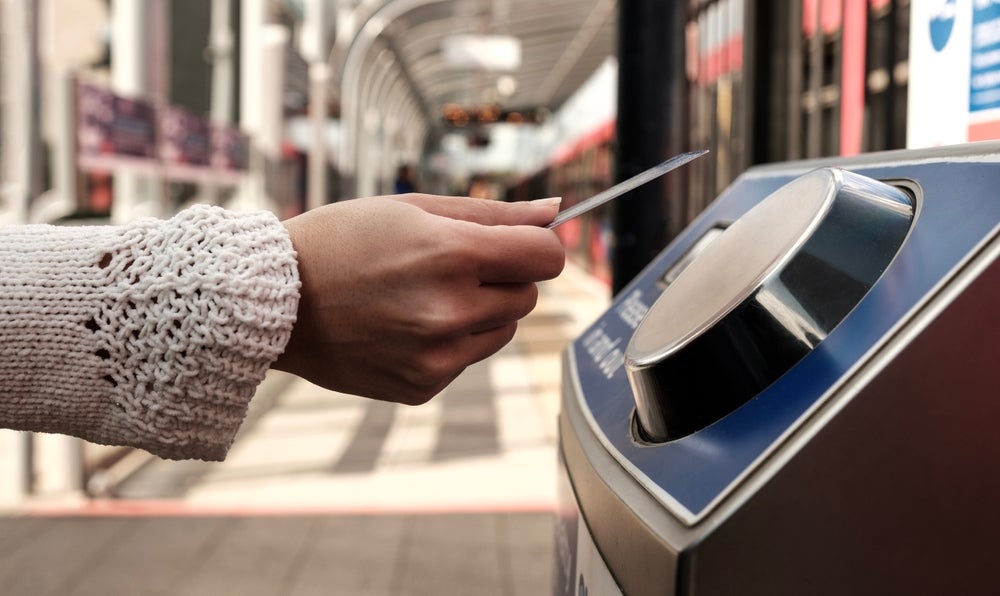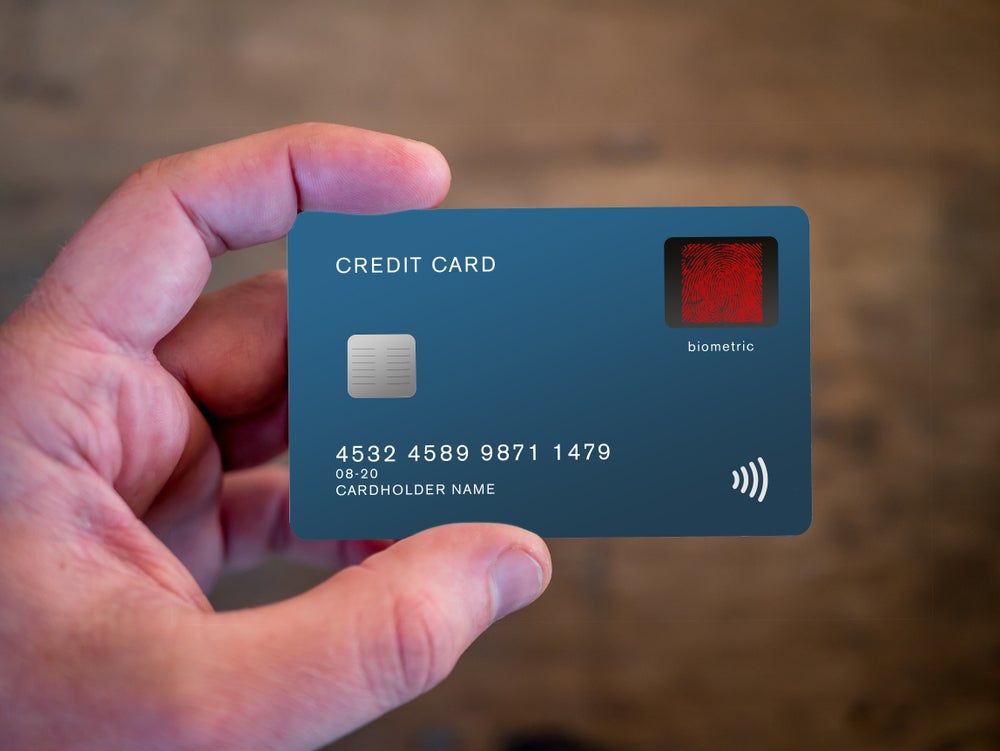Contactless and mobile
payments technology promised to ‘change the way we pay’, but a lack
of point of sale terminals, low retailer acceptance levels and the
thorny issue of transaction fees means the ‘tipping point’ for
adoption seems a very long way away. Louise Naughton
investigates.
 Despite the
Despite the
excitement and buzz surrounding contactless and near-field
communication (NFC), the payment acceptance infrastructure for the
technology is barely visible and doesn’t seem to match the
increasingly galloping pace of issuance.
The take-up of contactless
acceptance among retailers appears to be only thought of as an
afterthought by the payments industry. Unless there is clearer
communication between the schemes, issuing banks and retailers, the
problem of acceptance is not going to go away.
What’s more, the contactless and
mobile payments technology that promised to ‘change the way we pay’
and set the payments industry alight may just disappear into
oblivion.
Barclaycard “stupidly” admitted to
the one million contactless transactions ‘milestone’ back in
November 2010, according to Nick Collin of Collin Consulting.
How well do you really know your competitors?
Access the most comprehensive Company Profiles on the market, powered by GlobalData. Save hours of research. Gain competitive edge.

Thank you!
Your download email will arrive shortly
Not ready to buy yet? Download a free sample
We are confident about the unique quality of our Company Profiles. However, we want you to make the most beneficial decision for your business, so we offer a free sample that you can download by submitting the below form
By GlobalDataCollin argues that putting this
announcement in the context of the UK’s 10bn card transactions per
year, it shows contactless transactions have a paltry 0.01% of the
market share – not exactly something to shout about.
It is claimed one million
transactions is the equivalent of one out of every 25 Barclaycard
cardholders carrying out one contactless purchase a day.
Collin also questions why Stuart
Neal, head of payment acceptance at Barclaycard, chose to announce
only 42,500, or 1-2%, of point-of-sale (POS) terminals in the UK
have been upgraded to accept contactless payments. Collin claims
this figure to be “nothing like critical mass” and a probable
overestimate as half of them are “more then likely not
operational”.
Risk of
disappointment
The US is in a similar situation
with only 200,000 merchant locations contactless-enabled and 120m
contactless cards issued.
“The industry is beginning to
realise the danger of putting too many cards out in the market and
the risk of the disappointment factor because of low acceptance,”
says Collin.
“The industry always underestimates
the ‘chicken and egg’ effect and spends too much time focusing on
the issuance side rather than the terminalisation of the
technology.
“There is no simple answer, it
takes years and years for the two sides to come together – but
people want to replace the current system overnight.
“The whole project has been badly
managed.”
 The merchant
The merchant
community have real concerns when it comes to the acceptance of
contactless – whether that be through a card or mobile channel.
One of the major issues plaguing
retailers is that of the fees attached to contactless transactions.
When investigating this area, CI found out just how
damaging lack of communication and clarity around the true cost of
contactless can be to the long-term vision of the technology.
Crone Consulting founder Richard
Crone claims all new payment types must start with merchant
acceptance but argues there has to be a strong merchant value
proposition for them to even consider investing in the contactless
acceptance infrastructure.
He says there is no incentive for
merchants to promote a higher-cost tender, as contactless or NFC
payments cost more in fees to US retailers, with the networks being
known to charge a card-not-present (CNP) rate.
“In this challenging economic
environment, merchants are loathed to invest the extra $100-$200
per station to implement NFC,” Crone says.
“Retailers do not want to
disadvantage themselves by accepting contactless debit.
“Card associations have mandated
that contactless-based payments must go down the signature-debit
route in the US – the most expensive rail – and PIN prompting isn’t
an option.
“This eliminates the least cost
routing efficiencies that come with tender steering, which acts as
a big hurdle for contactless and NFC technology.”
Going
contactless-less
A now-infamous example of this type
of charging is the Best Buy/Visa dispute that blew up in January
2010.
US retailer Best Buy introduced
Visa’s payWave contactless payments in 2007 and subsequently
rolled-out the technology across its entire store network the
following year.
However, storm clouds gathered
overhead in June 2009, when Best Buy voiced its displeasure with
Visa’s policy of forcing merchants to accept signature
authorisation for contactless payments – a fee that is double that
of PIN payments according to the New York Times.
Its threat to pull the technology
came good in January 2010 when it made its stores
contactless-less.
“After several discussions Visa
produced no agreeable changes,” one Best Buy executive involved in
the decision to pull contactless technology told retail technology
blog StorefrontBaktalk.
“Our decision was based on costs
associated with requiring contactless debit transactions being
processed as signature debit.”
Richard Mader, executive director
of the association for retail technology standards for the National
Retail Federation (NRF), says the Best Buy/Visa fiasco was damaging
for the future of contactless.
It, once again, points to the fact
retailers believe the fees are too high and they are not getting a
fair deal from the card schemes.
“The retailers are not going to
start promoting contactless until they get some concessions in
fees,” says Mader.
He argues US retailers are not
being incentivised enough by the schemes to move to contactless.
The opportunity to link payment to a merchant’s loyalty programme
is tremendous and something that would encourage uptake.
“Isis will have a big impact in
this area,” says Mader.
“It hasn’t revealed its fee
structure yet but has announced its intention to offer more
services to merchants, including that of loyalty.”
Higher costing
 UK retailer
UK retailer
Marks & Spencer (M&S) has not yet moved to contactless but
claims it is keeping a firm eye on what its competitors are doing
in this area.
M&S head of retail finance John
Barlow says, he too, has been advised the cost of contactless will
be higher than the cost of a standard chip and PIN transaction. Yet
the higher costings may not prove such a stumbling block for the
retailer after all.
Barlow says there are two benefits
for overcoming the increased costs associated with contactless.
Firstly, the efficiency of the
transactions is improved, which enables a retailer to get more
people through the checkout.
Secondly, if consumers wanted to
use their contactless cards and couldn’t, there is a chance they
would go elsewhere and M&S would effectively lose the sale.
Barlow believes there will come a
time when a ‘tipping-point’ is reached after the technology has
been implemented and there will be no reason for a contactless
transaction to assume a higher cost.
“I can see the consumer demand for
contactless increasing and as I have no influence over consumer
demand, I have to go with it,” says Barlow.
“The area I have most influence in
is around cost. During the process of negotiation with the networks
I can voice my opinion that contactless acceptance costs too much.
I am assuming I can influence that cost or at the very least have a
good say in it.”
Visa Europe further compounded this
confusion surrounding contactless fees, with a spokesperson telling
CI that contactless payments are typically no more
expensive for retailers than standard card payment
transactions.
The spokesperson says Visa has
introduced an incentivised interchange rate of 1p for all
contactless payments under £2 in the UK. Contactless transactions
between £2 and £10 are charged at 4p and those payments over £10
have a rate of 8p – the same charged for an EMV chip debit
card.
Visa Europe was not able to provide
a breakdown of its processing fees for contactless transactions on
account of them being confidential.
This certainly seems to be the case
for UK retailer Pret A Manger, one of the early adopters of
contactless, as it claims switching to the new payment technology
reduced its merchant fees.
“One of the main incentives to move
to contactless was that the transactions were much cheaper than
standard chip and PIN transactions,” says Pret A Manger IT director
Simon Kerry.
Despite not having the figures to
hand and acknowledging he hadn’t seen the sums himself, Kerry
remained adamant that, on the basis of conversions going back 18
months, he was confident in his claim that contactless is
cheaper.
Acquirers such as WorldPay and
First Data also responded in much the same way to Kerry and, what’s
more, they were baffled by the claim that contactless transactions
could be charged at a more expensive rate than chip and PIN.
Paul Campbell heads up strategic
sales for First Data’s acquiring business in EMEA and claims the
level of interchange association with contactless payments is
relatively modest and comparable to that of an EMV debit card.
“Contactless is charged as a
‘contact’ purchase in Europe and is not classified as CNP,” says
Campbell.
“First Data has a fixed cost of
processing regardless of the value of the transaction. It may be
that M&S’ acquirer has done its sums and concluded that it
cannot survive on a tenth of a penny.
“It may well be that pro rata the
retailer is paying more for a £5 transaction than a £50
transaction.”
 Campbell claims if
Campbell claims if
acquirers were making more money out of contactless, there would
definitely be a stronger push to get merchants to upgrade their POS
terminals.
“It is a simple economic paradigm,”
says Campbell.
“The terminals cost between $50 and
$100 to buy and that figure is then doubled when you factor in the
cost of deployment and the effort needed to upgrade the merchant’s
POS technology. This means an acquirer would need to recover
$50-$75 a year in profit.
“On the basis of fast-food
restaurants selling hamburgers, I might make a margin of 10 or 20
basis points – not even 3p – therefore I am going to have to sell
an awful lot of incremental hamburgers to get back my $75 per
annum.”
This uncertainty around the true
cost of contactless payments is frightening. Every person
interviewed for this article had a different experience and
viewpoint on the costings and, furthermore, were seemingly not
aware of any other viewpoint other than their own.
This does nothing to increase the
number of retailers willing to invest a substantial amount of money
into upgrading their acceptance infrastructure to include the
technology. The card schemes and issuing banks need to take
responsibility for this confusion and be clearer and more open
about the contactless fee structure to separate the truth from
rumours.
To ignore this very real problem
would be foolish and may severely risk the future of contactless
payments.
The cost of upgrading the POS
infrastructure and the cost of the transactions themselves –
however small or large they may be – are not the only costs a
merchant has to take into consideration when moving to
contactless.
Insufficient
training
A number of merchants, such as Pret
A Manger, have received criticism regarding the usability of the
technology, opening the eyes of the retail community to the amount
of time, effort and costs required to properly train their staff in
all things contactless.
Payments consultant Nick Collin
says he is aware that merchants have not been sufficiently trained
in how to use the technology.
“A merchant’s cost of implementing
contactless technology is not just isolated to the cost of readers
– training staff members has to factor in as well,” says
Collin.
“The odds are, if a consumer tries
to pay with a contactless card the shop assistant will either not
know what they are talking about or the terminal has to be brought
out and switched on due to its infrequent use.”
Pret A Manger’s Kerry acknowledges
there was a communication breakdown among the sandwich chain’s
staff when the contactless limit rose from £10 to £15 in the UK
during March 2010. He claims these ‘teething problems’ have now
been resolved.
Technical, fee confusion and
staffing issues aside, many industry experts claim retailers that
do not operate in a chip and PIN environment may have a distinct
advantage over those retailers that have already migrated to the
standard.
The NRF’s Mader says US retailers
hold a collective belief there will come a point when they will be
forced to move to the EMV standard, which will give them the
opportunity to buy both chip and PIN and contactless enabled
readers.
Whereas many countries around
Europe, including the UK, have already invested heavily in their
POS infrastructure as little as seven years ago when they moved to
chip and PIN.
Opportunity for developing
countries
M-payments platform provider
Fundamo goes even further and says developing countries are much
better positioned to adopt contactless NFC technology than the
developed world.
Fundamo CEO Hannes van Rensburg
claims the terminalisation of contactless and NFC in developed
economies is hugely problematic as the concerns surrounding the
acquiring, issuance and business model of the technology all seem
“insurmountable”.
He says the developing world holds
advantages in the deployment of NFC in three key areas.
 Firstly, there is
Firstly, there is
no acceptance infrastructure so there is no need to swap out
terminals. Secondly, emerging markets are already in the process of
banking the unbanked, meaning thatms of consumers are currently
flocking to the banks to open bank accounts and NFC can be included
in that process.
Finally, van Rensburg claims people
in developing countries are used to being charged for payment
transactions, giving the industry a business case for NFC
technology.
Fundamo believes there is no chance
NFC-enabled mobile phones will be available for when a roll-out of
NFC POS terminals is ready to take place in emerging markets.
Van Rensburg also says “anyone with
some logic” would realise 2012 simply cannot be the year of major
NFC deployments in developed markets as there are too many things
still required to create the ecosystem and increase penetration of
the technology. Ten years is a more realistic date.
Contactless technology has always
been seen as the schemes’ great weapon in the war against cash, yet
many consumers are now using their debit cards to conduct low-value
payments. So, from a merchant perspective, contactless is not the
game-changing technology the industry claims it to be.
First Data’s Campbell argues there
is a risk of a merchant losing sales through implementing
contactless.
“In most cases the payment is
faster when you have a practised retailer making the transaction,
rather than an unpractised consumer,” he says. “There is a big
chance of lost sales as you are putting the consumer in the role of
payment originator and that carries variables you cannot
control.”
Anyone analysing the progress of
contactless technology is almost guaranteed to mention a ‘tipping
point’ or a ‘chicken-and-egg scenario’ – phrases that essentially
are only used to mask the real problems and barriers to the
implementation of the technology.
The ‘tipping point’ concept
demonstrates a time when there will be enough contactless cards in
the market to encourage retailers to build the acceptance
infrastructure. If the industry is waiting for this ‘tipping point’
to happen, it clearly shows they are relying on issuance to drive
merchant uptake.
The infrastructure must come first
– there is no ‘chicken and egg’ dilemma.
The industry is starting to wake up to this but it needs to
start incentivising merchants to invest in contactless very soon
otherwise it could be a case of too little, too late.








